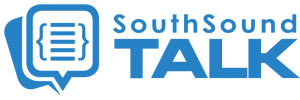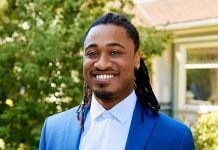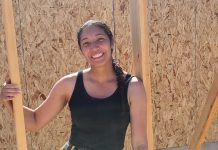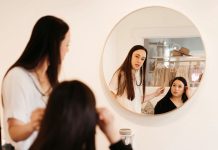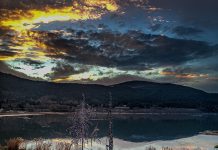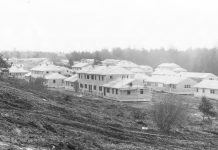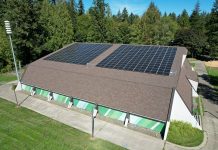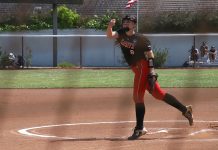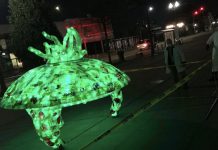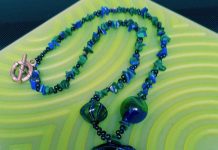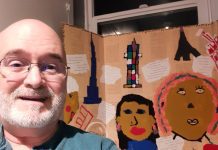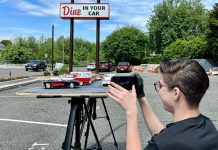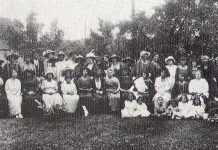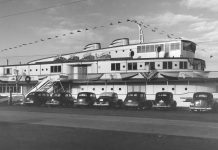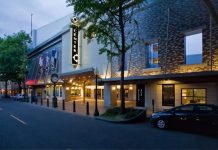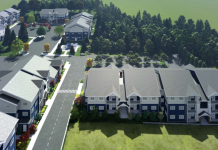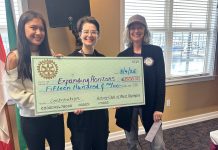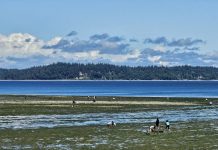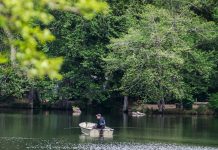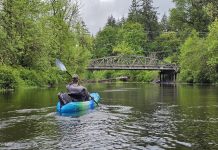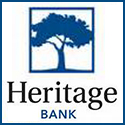When President Benjamin Harrison visited Tacoma in May 1891, the new state of Washington was in the middle of an economic boom. The young city was eager to show the president everything Tacoma and the state had to offer.
Preparing for a President in Tacoma
Benjamin Harrison (1833-1901) had an interesting career. The Republican from Indiana served as a Union general in the Civil War before becoming a senator. Defeating incumbent President Grover Cleveland, Harrison became America’s 23rd president (1889-1893). During his term, he pushed for protective tariffs and antitrust legislation. He also signed the Enabling Act that made Washington a state in 1889.
Harrison liked to escape Washington D.C.’s hot summers by traveling. Tacoma first learned of his upcoming visit in February. The city council put the Chamber of Commerce in charge of planning. The committee was led by John W. Sprague, a former Union general and Tacoma’s first mayor.

Rain, Rain, Go Away
Finally, the day came for the visit. May 6, 1891, dawned wet and rainy. The weather, the Tacoma Daily Ledger complained, varied from a “heavy down-pour” to a “nasty drizzle.” The crowd, from all backgrounds and races, the paper noted, was a sea of umbrellas.
The police struggled to keep the crowds back as everyone gathered at the Northern Pacific Depot at 17th Street and Pacific Avenue, awaiting the president’s arrival. The Tacoma Fire Department and Washington National Guard lined the street.
As a 21-gun salute boomed, the president’s train pulled into the station at 8 a.m. Governor Elisha Ferry greeted him as he disembarked with his party, including First Lady Caroline Harrison. The crowd cheered as the president bowed to them.
The party entered twelve horse-drawn carriages for a grand parade through Tacoma. Mayor George Kandle and Harrison’s bodyguard, Major Sanger, shared lead carriage with the president.

Arches of Tacoma’s Triumphs
The parade was led by the Tacoma police and the Washington National Guard. Mason’s Zouaves, Civil War veterans, acted as honor guard for the president’s carriage.
The Sons of Veterans, G.A.R., Danish Brotherhood, and Tacoma Fire Department completed the parade.
Crowds lined the route and leaned out of windows, eager for a glimpse of the president. Thousands of children, gathered by class and school, lined the road carrying small American flags. The Puyallup Indian School also brought its students, as well as the school band.
Businesses were decorated with bunting and flags. The main attraction, however, was a series of arches across Pacific Avenue that touted the Pacific Northwest’s natural resources.
The first arch was the Timber Arch. 100-foot-long fir logs spanned the street, bearing the sign “Washington and Tacoma—Welcome.” The Coal Arch followed, made of Roslyn coal. “We Can Warm the World on Coal,” read a sign above a 16,100-pound lump of coal.
Next up was the Iron Arch. “Undeveloped,” a sign proclaimed, “But Mountains of it.” Lastly, the Grain Arch was made of flour sacks stacked like bricks. “Washington Can Feed All Mankind,” a sign declared.
A final arch, the Shingle Arch, was not completed.

President Harrison Speaks
The parade stopped on C Street. Harrison cut through the Gross Brothers Store. The crowd assembled on the opposite side of the building to hear the speeches. Young Lydia Gross presented the president with a bouquet of flowers.
Judge William Calkins, a longtime ally of Harrison, opened the program. Governor Ferry then touted the area’s natural resources, especially Puget Sound, offering the president “a cordial welcome to the Evergreen State.”
At General Sprague’s invitation, Harrison gave his address. “My fellow citizens,” Harrison began, marveling at the growth of Tacoma since visiting six years before. The weather had not improved, he joked. It had been smoky last time, and now it was foggy. “We are still, I suppose,” he teased, “to take the existence of these snow-capped mountains on faith.”
The president went on to complement the city’s economic promise as a port city, the terminus of the Northern Pacific Railroad. He ended the speech with well wishes “for your city, for this magnificent young state that we have received into the great sisterhood of the Union, of which you are a glorious part, we give our aspirations, our prayers and our best endeavors.”
Tacoma Reception
After the speeches ended, Harrison was escorted back into the Gross Brothers store. He shook hands with store employees and 500 members of the public. These included a dozen men who had voted in the 1840 presidential election. Most (but not all) had voted for his grandfather, President William Harrison. One woman presented the president with a picture of her baby Benjamin, named in his honor.
Moving to the Tacoma Theater, the president rested (and wrote) in the parlor for 15 minutes before the University Glee Club performed.
A group of women held a small reception for the First Lady at the theater. They presented her with a gold spoon for her grandson, “Baby McKee,” and a painting of Mt. Rainier accompanied by a poem.
The president’s party left for Seattle at 1:35 by train.
Remembering President Harrison
First Lady Caroline Harrison died of tuberculosis the following year. Their daughter, Mary McKee, became First Lady. In a stunning political comeback, Grover Cleveland defeated Harrison in the election of 1892, becoming the first president to serve two non-consecutive terms.
In 1896, Harrison married Mary Dimmick, his wife’s niece. Both McKee and Dimmick had visited Tacoma with him in 1891.
The president’s visit coincided with a period of growth and optimism in Tacoma. People were excited to take their place on the national stage, now part of the United States of America. The Panic of 1893 could only dim those dreams for a short time.
